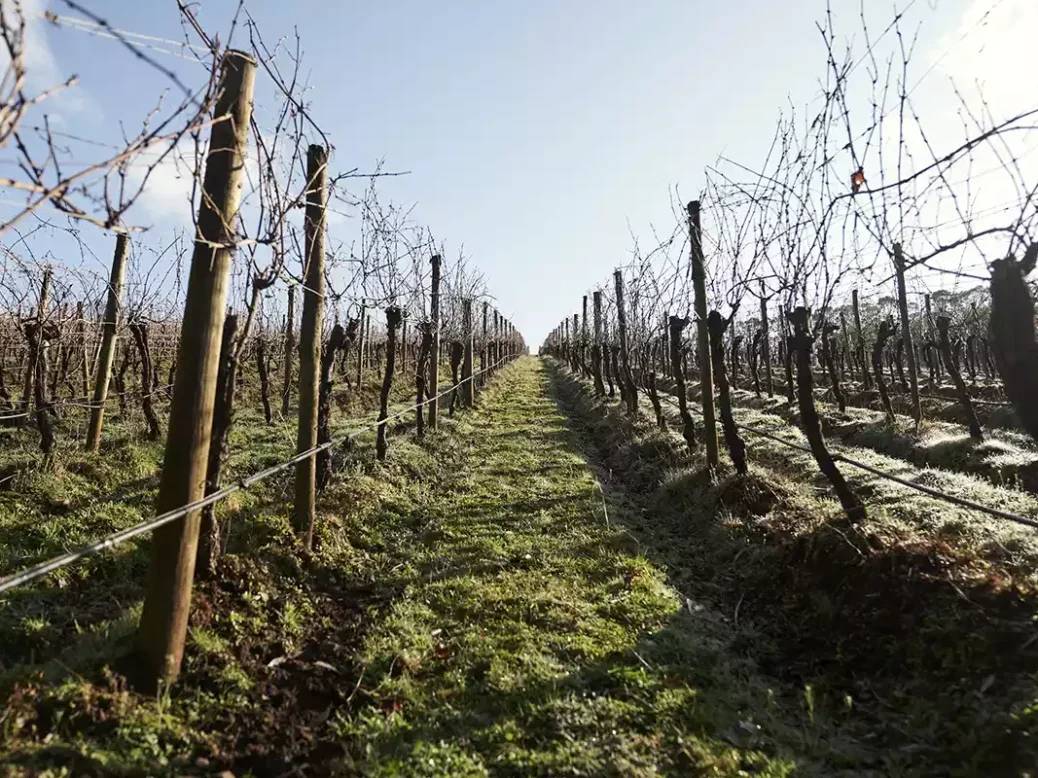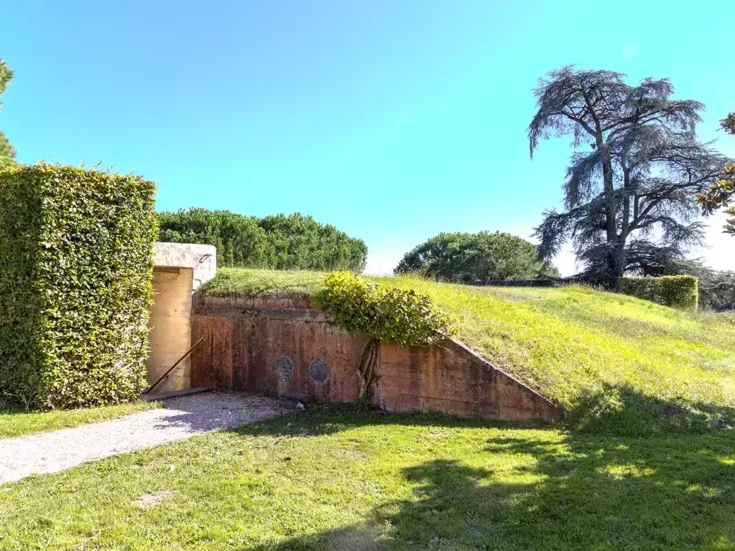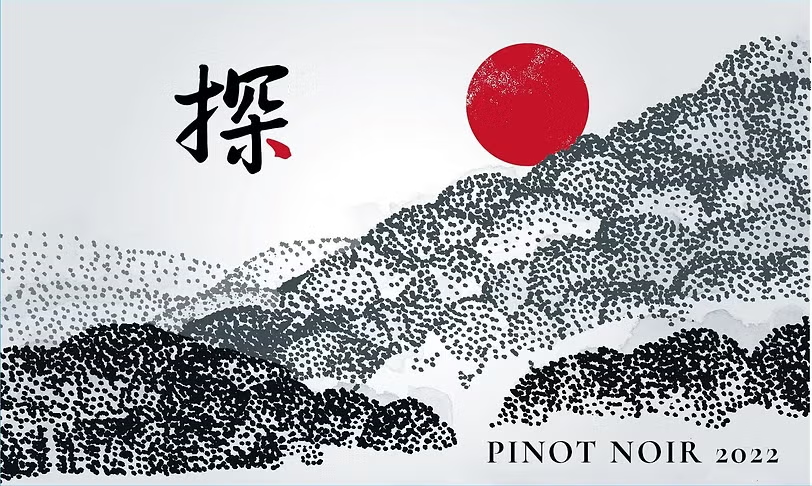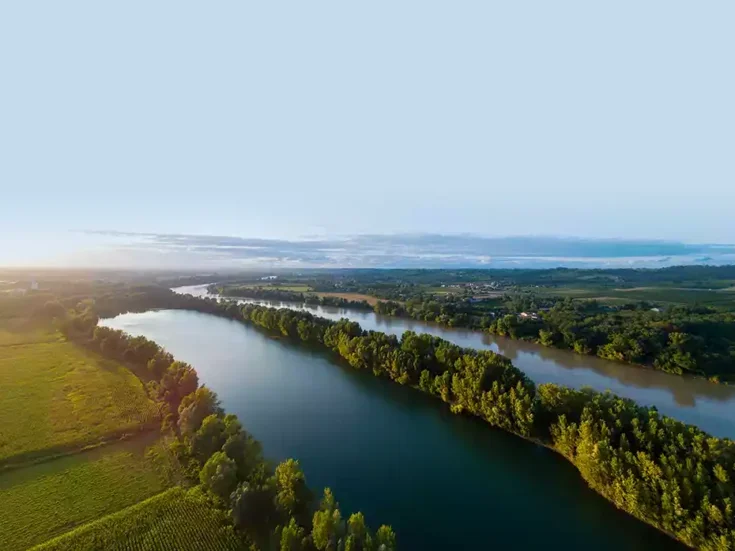
It’s as much a myth as it is a vineyard, this place they call Bastard Hill. You’d never find it unless you really went looking for it. Vines are rarely reached through towering tree ferns or heralded by the sappy call of the elusive lyrebird. It’s carved out of the temperate rainforest at Gladysdale, in the Upper Yarra Valley, standing at just under 1,300ft (400m), on red basalt soils that are uncommon in these parts. A high fence keeps out the kangaroos and the introduced deer. The wombats couldn’t care less—they just burrow underneath.
When Ray Guerin first set foot on the place, back in 1986, he walked a high ridgeline from which the land dropped sharply on both sides. He saw a vineyard where very few would. He wasn’t yet the venerated figure he is now, the career that would see him recognized as the most significant viticulturist guiding Australian wine’s push into its cooler corners was in relative infancy.
He wasn’t the first choice to plant this vineyard. He wasn’t even the first-choice Guerin. The original investors had wanted his brother, but he wasn’t available. The north-facing slope was covered in cherry trees, the kind they glacé so that fruitcakes can be ruined. The south side, the even steeper side, was grazed by lopsided livestock. Both pitched at gradients that would make mountain goats in the Mosel nervous, up to 32 degrees on the steepest part of the southern side.
Evocative and ethereal
The property had been bought by a small group of experienced wine men who were blessed with a little forewarning that Moët & Chandon might be on its way to establish an antipodean domaine. Ray set about planting Pinot Noir on the north-facing slope—mostly the old reliable MV6 clone, with a bit of D5V12—and I10V1 Chardonnay on the even more precarious southern side.
He planted a stand of gum trees along the ridgeline, because he knew there would come a time when he’d need anchor points to winch back tractors that turned to toboggans and slipped away down the hill. It was a small group of vine-trainers who gave the vineyard its name: Reluctantly returning for a second day on those perilous slopes, Ray breathed deep when he told them they’d be heading back out to the vertiginous Chardonnay block. “Not that bastard hill again,” they groaned in unison. The name stuck.
Changes in ownership structure occurred seemingly in sync with the seasons. The original investors took on multiple partners, then one of those partners, the Hardy Wine Company, decided it wanted the Bastard all to itself. The plan was to funnel all the fruit to its sparkling supremo, Ed Carr, but the winemakers responsible for their white- and red-wine programs, Tom Newtown and Steve Pannell, had seen with envious eyes what Bastard Hill could do and began to claw some back for still-wine production.
The small clutch of still wines produced under a Bastard Hill label back in the late 1990s are memorable markers in the minds of the few who encountered them. Even today, I could walk into the Sydney wine store where I worked at the time and show you exactly where those wines sat on the shelf. Sure, the evocative name played a part, but there was something about the ethereal nature of those wines that haunts memories.
Backwater, to achingly beautiful
Vineyards on the margins are difficult propositions, and the various corporate giants and private equity firms that picked up—and just as quickly discarded—the grand old Hardy name allowed this challenging little sliver of the Upper Yarra to wither. Ray Guerin had stayed 23 years longer than the three he’d originally committed to, but eventually he moved on. The acknowledgment and understanding of some of the very best vineyards in the Adelaide Hills and Tasmania came about because he did.
The fruit became lost in the backwaters of a winemaking behemoth, and when it became nothing more than a curious entry on a big balance sheet, Bastard Hill was put on the market in 2022. Melanie Chester, head of winemaking and viticulture for Giant Steps, is too young to have known the excitement surrounding that small brace of wines from decades ago but is more than sensitive enough to feel the ripples they created. When she heard Bastard Hill was for sale, she made a call to the owner of Giant Steps, Jackson Family Wines’ Barbara Banke.
It wouldn’t be easy making a case for acquiring a vineyard that costs A$10,000 a hectare more to farm than sites on the valley floor, but when the request comes from the woman leading a team making some of the very best Pinot Noir and Chardonnay in the country, the leap of faith is a little easier.
Walking the vineyard with Chester recently was strangely emotional. I was seeing something that had previously existed only in my imagination. Restoration and replanting are under way in earnest, clonal diversity and more sensitive farming the future path.
Tasting the first Giant Steps wines from the site, was even more emotional—a Pinot Noir and a Chardonnay from the 2023 vintage, one of the coldest and latest on record, a year when winemaker and vineyard walked a high wire so thin that fleas would wobble. They are achingly beautiful, initially appearing as fragile as glass filaments. But they never shatter. They persist, they grow, and they get under the skin.
“These are likely to be the worst wines you’ll ever make here,” I tell Chester, making a point with sledgehammer subtlety. “I know,” she beams. “Isn’t that freaking awesome?”






